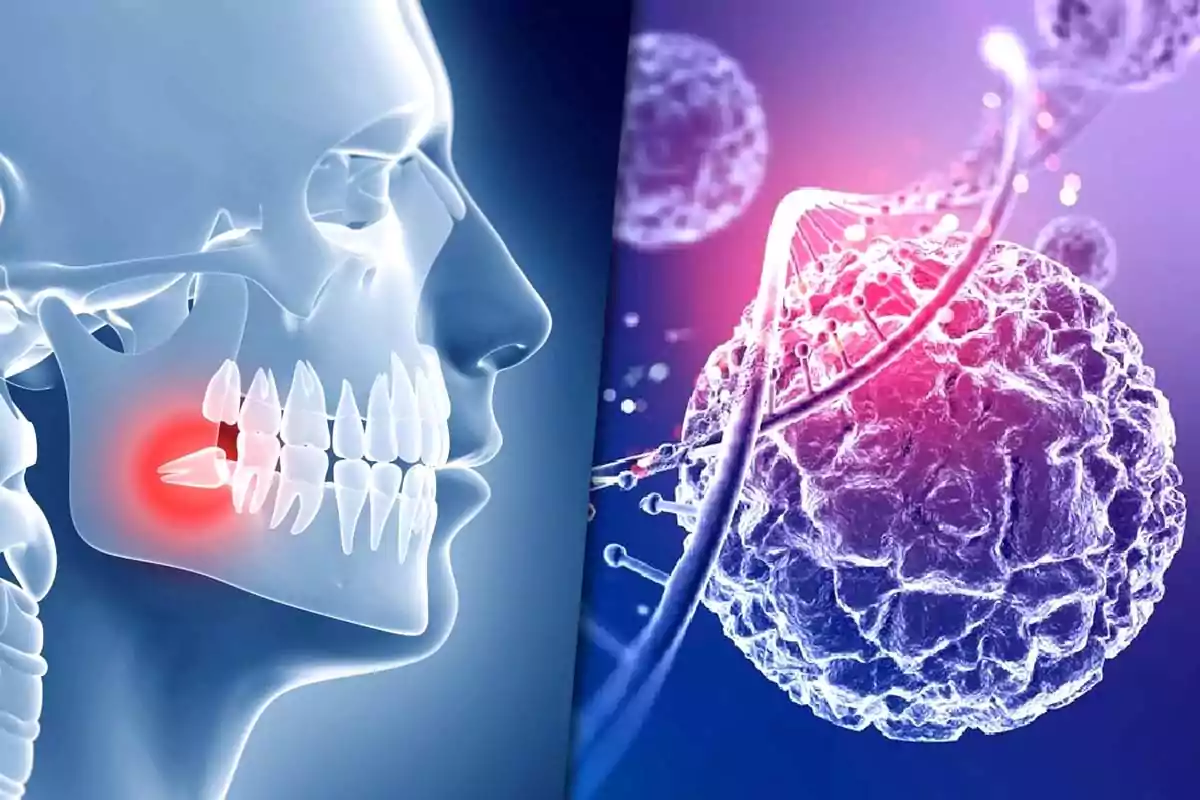
Wisdom teeth: the unexpected key to curing brain diseases
Researchers reveal that wisdom teeth contain stem cells with great therapeutic potential
For years, people believed that wisdom teeth were useless or only caused problems. However, science has just given them new value.
Their dental pulp contains stem cells capable of transforming into functional neurons, which opens a huge door for regenerative medicine.
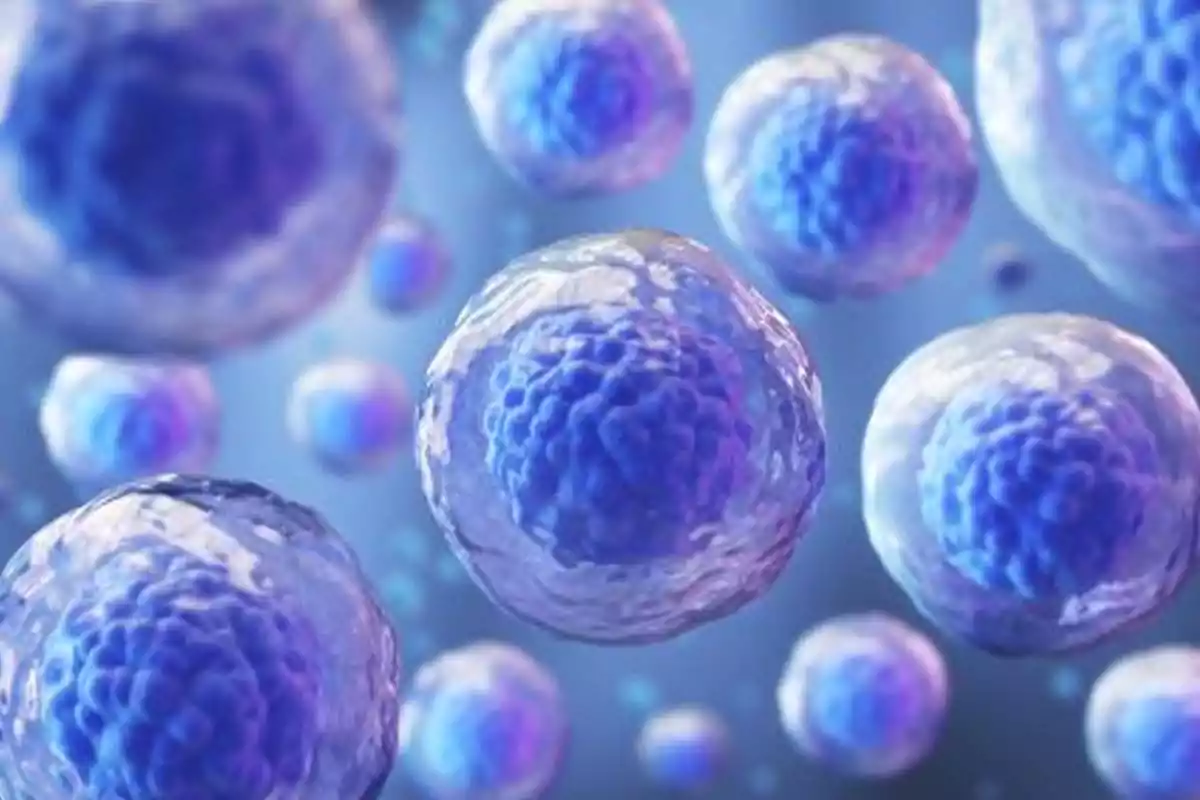
Why do wisdom teeth have so much potential?
Generally, they are extracted for dental reasons, but what few people know is that their interior holds a gelatinous material loaded with dental stem cells.
These cells have clear advantages over others. They are easy to obtain, they don't present ethical conflicts like embryonic cells, and they don't cause tumors like some reprogrammed cells.
In addition, their extraction is simple and doesn't generate adverse effects, which makes them ideal for medical treatments.
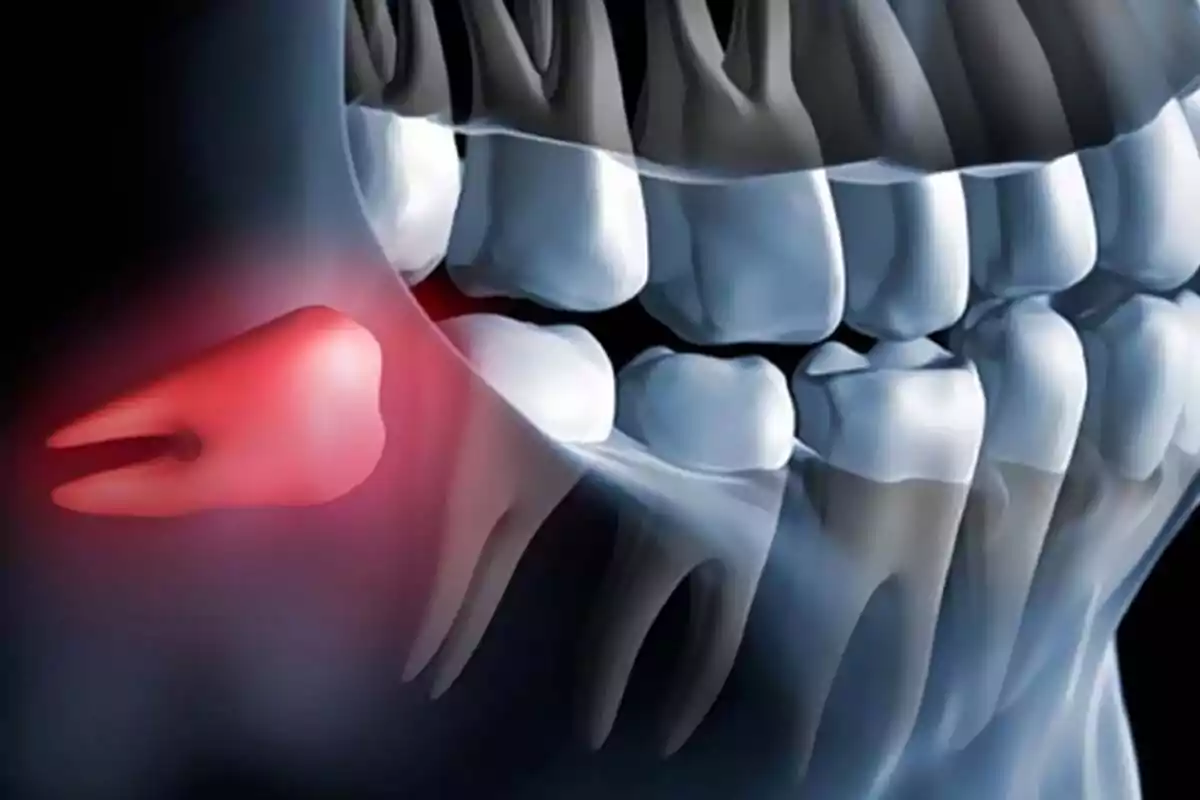
What diseases could be treated with these stem cells?
These cells can become different cell types, including neurons. That allows for the possibility of therapies for diseases such as:
- Alzheimer's
- Parkinson's
- Stroke (cerebrovascular accident)
The demand for regenerative solutions is growing, especially due to population aging. These cells could make a huge difference.

Do they really work as neurons?
It's not enough for them to look like neurons. To be useful, they have to function as such, that is, transmit electrical impulses.
That is what a team from the University of the Basque Country achieved. They developed a protocol to induce that electrical activity in stem cells from wisdom teeth.
For the first time, these cells caused action potentials, which made them functional and capable of communicating with other cells in the nervous system.
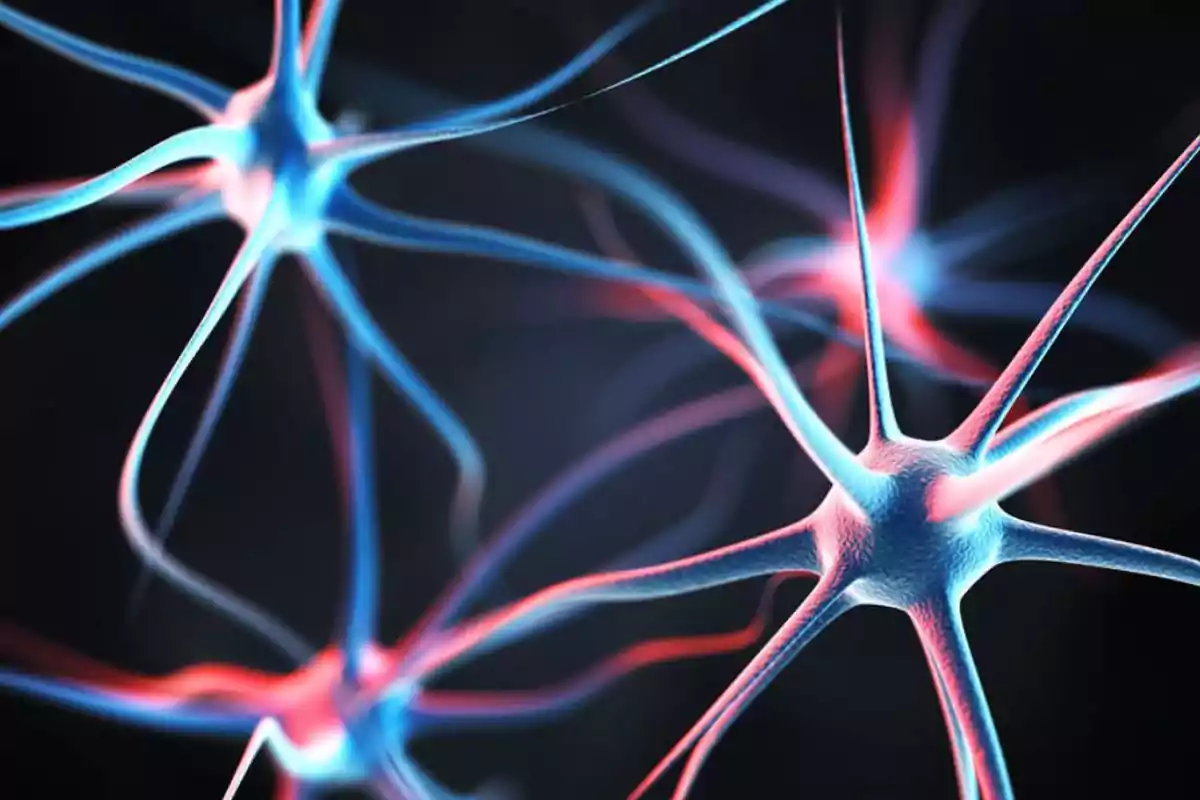
A step toward personalized neuronal transplants
The fact that these cells can integrate into brain circuits opens a new possibility: neuronal transplants with material from the patient themselves.
Since they come from the same body, immune rejection is avoided and a more personalized, safe, and effective therapy is achieved.
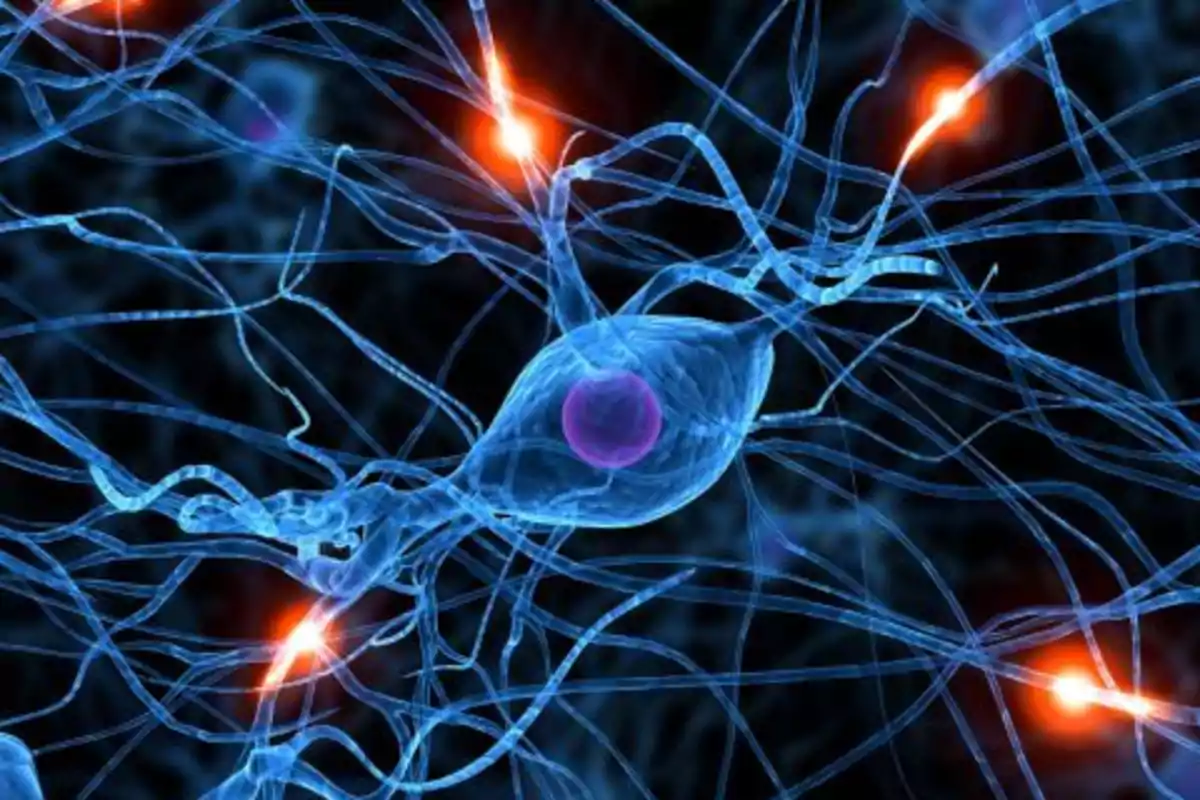
Smart biomaterials: the environment also matters
In addition to the cells, the environment where they are cultivated also has an influence. An emerging field, materiobiology, studies how to guide their development with special materials.
For example:
- Hard surfaces induce bone cells.
- Soft and conductive surfaces induce neurons.
This allows for the creation of personalized implants that instruct the cells to become what the body needs, and deliver them directly to the affected area.
More posts: